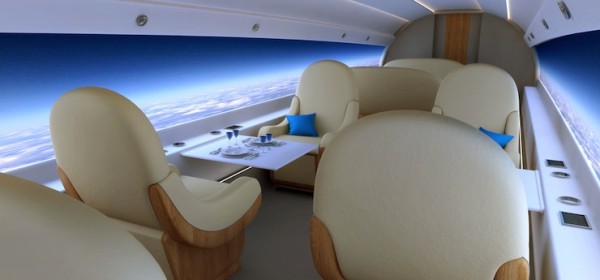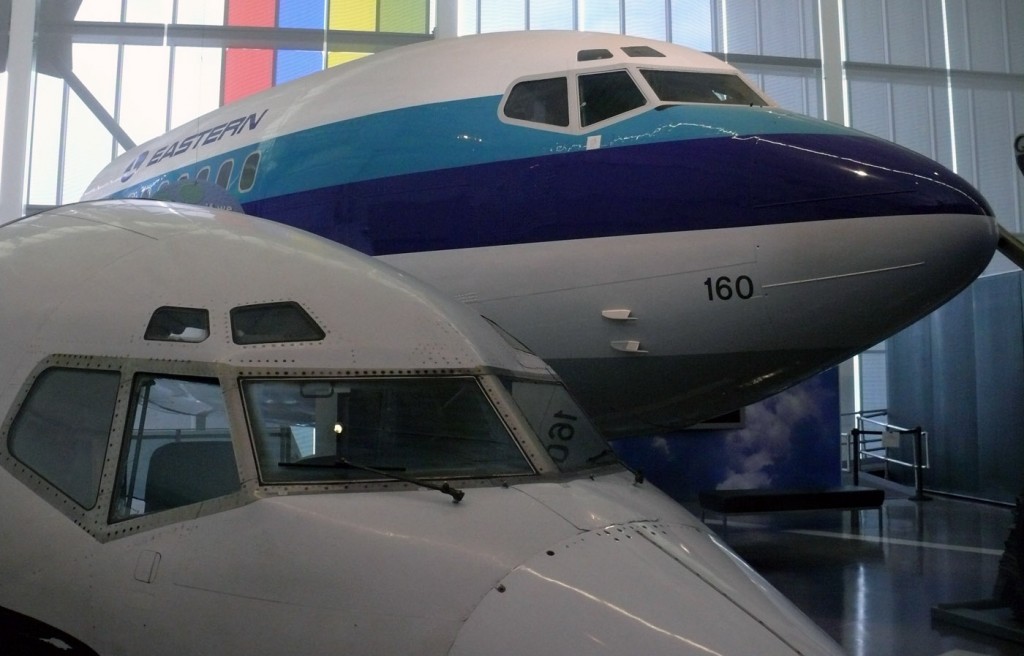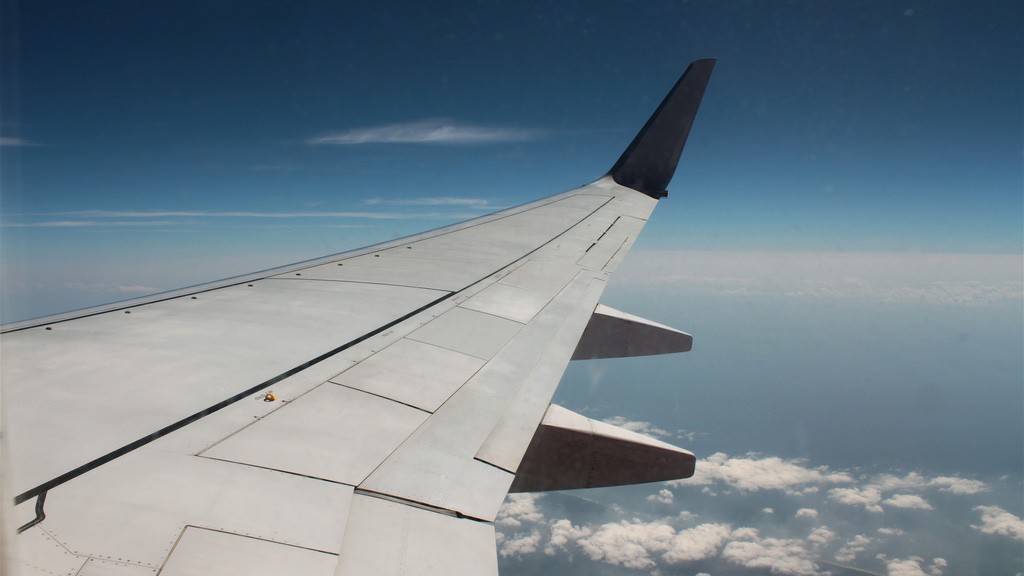When it comes to engineering, aerospace is one of the most exciting fields around at present – and you don’t need to be an engineer to appreciate it! If you regularly fly abroad on holiday, you’ll find that each experience is a little bit different as plane designs are gradually changing all the time. With the development of new flight technologies, the pace of change is ramping up, and holiday experiences are about to change in much more dramatic ways.
Less weight, more speed
One issue that has consumed aircraft designers throughout the history of aviation is the puzzle of how to make planes lighter so that they can travel faster and use less fuel. This is naturally becoming ever more urgent due to concerns about climate change. Now, a new generation of ceramic composites is gradually replacing many of the metal parts of planes, while 3D printing also enables metal parts to be made smaller and lighter.
A different view
Building planes without windows makes them cheaper, safer and more aerodynamic, but passengers want to be able to see out. By using tiny cameras and OLED (organic light emitting diode) technology, designers have created windowless planes with utterly convincing artificial views that give the impression you can see right through the sides – and the ceiling – all the way along. It’s a startling experience at first, but it’s certainly exciting, and experts think that once the public is used to this, it will really take off.
Getting in shape
Along with a different look on the inside, aircraft are likely to start looking strikingly different on the outside. New designs getting serious attention include planes with wings that join all along the body, creating a sort of boomerang shape, and planes with long, cigar-shaped bodies, flying like a single wing. The advent of new technologies means designers are no longer as limited as they once were, and they can look beyond the traditional model to find shapes that fly more efficiently and better suit the needs of passengers.
The people behind the changes
None of these inventions could have been developed without visionary individuals behind the scenes, such as Joy de Lisser, Ben Rich and Sir Nigel Rudd. They have been marked out by a combination of design talent and business talent, having strong ideas and the ability to see them through to the production stage. As Sir Nigel joins the board at Meggitt PLC, British aviation is braced to return to the forefront of the industry it did so much to invent.
Aviation is in a really exciting place just now, and that means things can only get better for passengers. Journey times on long-haul flights are set to get significantly shorter. Flying will become much greener, with airline companies well aware that they have to reduce the impact of this mode of transport on the planet. It’s also likely to get cheaper – and on top of all of this, the innovative design work being done means it’s going to be more fun, an enjoyable part of your holiday in itself.



